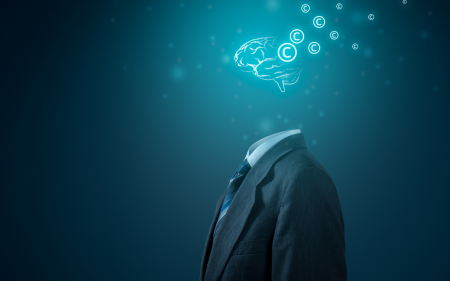At the end of December 2019 Canadian artificial intelligence (AI) start-up BlueDot picked up a cluster of unusual pneumonia cases near Wuhan in China.
A few days later the US Centers for Disease Control & Prevention (CDC) noticed the flare-up.
But it wasn’t until January 9 that the World Health Organisation (WHO) notified the world of a new flu-like outbreak in China.
In the year 2020 it doesn’t come as a surprise that digital technology can play a critical role in the global effort to stop the spread of a virus. BlueDot uses language processing and machine learning to sift through data from hundreds of thousands of sources. These include information from official public health organisations, digital media, global airline ticketing, livestock health reports and population demographics, the company says.
Its machines are trained to process immense amounts of data quicker than we can comprehend.
If you’re thinking “Wow, these smart computers are on their way to replace the work of humans”, you’re mistaken. At BlueDot, the data is gathered and passed on to humans with titles. Once physicians and computer programmers review the findings they do a gut check and create the reports that are sent out (to clients, in this case).
This method beats slow and unreliable official reporting. “We know governments may not be relied upon to provide information in a timely fashion,” BlueDot’s founder and CEO (and infectious-disease specialist) Kamran Khan told Wired magazine. “We can pick up news of possible outbreaks, little murmurs or forums or blogs of indications of some kind of unusual event going on.”
The successful implementation of these predictive modelling measures could improve our ability to stop the spread of infectious diseases even before they become problematic. It just didn’t work out that way this time, because the technology is still in its infancy. And humans tend to not trust machines much.
Add to that, the hype around AI still needs to be separated from what it can really contribute. And, in cases like these, funds are still better directed at traditional health initiatives.
Even though a rapid response and monitoring are key in the detection, prevention and surveillance of infectious diseases, governments across the globe — especially in parts of Europe and in the US — have been ill-equipped for the pandemic. Slow response and understanding gave public health officials a late start on gathering information quickly and co-ordinating a response.
But now that most countries have turned their attention to tackling the spread, AI can be a helpful tool. AI refers to the running of simulations on trained computers. It is as if a baby were trained to do only one thing from birth. Nothing else. That’s how these machines are “trained”, and how they “learn”.
AI isn’t considered to be the same as human intelligence; it refers to the idea that machines can be trained to execute tasks in a “smart” or “intelligent” way.
And then there’s machine learning. This is the process that computers use to “learn” how to execute tasks. Though it can’t think for itself, the machine can overcome obstacles by creating solutions. That’s its one job — to find solutions to problems.
The first step in pinpointing a disease is very early detection, well before any of us really knows much about it — and certainly well before it has been declared a pandemic. BlueDot’s AI algorithms rely quite heavily on news reports.
But the emergence of social media and online reporting has also made it easier to track unusual issues.
In a scholarly paper on using social media to track an epidemic, written in 2016, US-based information systems engineer Mohammed Ali Al-garadi said the popularity of social networks has created large-scale social interaction among users that generate an extensive amount of data.
“Social networks have received considerable attention as a possible tool to track a pandemic because they can provide an almost real-time surveillance system at a less costly rate than traditional surveillance systems,” he wrote.
BlueDot says social media postings make the data get too messy. Instead — and this is where AI goes a step further to help simulate the spread of a virus — it accesses airline ticketing data. It correctly predicted that the virus would spread from Wuhan to Bangkok, Seoul, Taipei and Tokyo in days.
On a micro-level, AI can help us understand virus mutations. AI and big data analytics can help virologists simulate modern genome sequencing methods. These high-resolution computer-generated simulations can give scientists more insight, especially when it comes to new unknown viruses and genetic predispositions.
Researching and simulating genome sequencing is a widely discussed topic among data engineers and virologists. Though it will be a valuable tool (and we could have used it in our current situation), it’s not widely used yet. Our technological capabilities aren’t quite there, but it does seem that this reality is closer than we realise.
The medical community is already implementing AI technology to help health-care professionals diagnose symptoms without the need to expose people to patients.
For instance, the Tampa General Hospital in Florida uses AI to detect fever in visitors with a simple facial scan.
The Sheba Medical Center in Israel is using AI-powered remote monitoring to predict respiratory failure in high-risk patients. This is done using a sensor placed under a patient’s mattress to analyse their movement and vital signs. It sends warning alerts to medical staff if the patient’s condition deteriorates, after which humans can intervene and conduct further tests.
This article first appeared in Financial Mail




